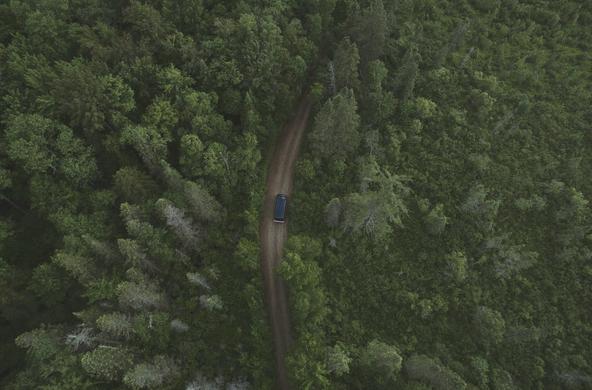It is a crowning manifestation of the dominance of Homo sapiens over nature that sometime in the past year, the total mass of materials produced (and in use) by humans—our collective stuff—exceeds the mass of all the living things on Earth.
We’ve heard of similar comparisons before; for example, each year humans remove, cultivate, or transport more geologic materials at the Earth’s surface than all the natural processes of erosion combined. Indeed, for most chemical elements of economic interest, human mining from the Earth’s crust exceeds the annual mobilization of elements by nature.
Humans are unique among animals in the amount of materials they accumulate. Each year, a 77g a robin builds a nest of about 205g—2.6 x more massive than the bird itself. Over many years, a bald eagle (4325 g) may build a nest weighing more than a ton—or 230 x more massive than the bird. The average human on Earth (6.2 x 104 g) is responsible for more than 15 x 107 g of stuff, for a multiplier of 2400 X of our body weight. Each of us is responsible for new stuff at a rate of 3.76 x 106 g/yr—about the equivalent to the weight of two new cars. Most of what we accumulate persists for a long time.
While concrete and aggregate materials contribute most of what is amassed by humans, a recent analysis by scientists at the Weizmann Institute suggests that human dominance at the Earth’s surface extends to other product categories as well. Among carbon-based materials, the mass of plastics now on Earth (8 billion tons) is nearly twice the mass of all living animals (4 billion tons). Moreover, the production of plastics is growing at 3.2%/yr, whereas the mass of animals, even in the face of human population growth, is barely changing.
It should be of no surprise that the biosphere is under pressure, when the amount of stuff produced by humans exceeds the mass of all of nature. There are limits to growth on a finite Earth. How we adjust to those limits will be a life-changing experience for every species in the biosphere.
References
Elhacham, E., et al. 2020. Global human-made mass exceeds all living biomass. Nature 588: 442-444.
Haff, P.K. 2010. Hillslopes, rivers, plows, and trucks: Mass transport on Earth’s surface by natural and technological processes. Earth Surface Processes and Landforms 35: 1157-1166.
Sen, I.S., and B. Peucker-Ehrenbrink. 2012. Anthropogenic disturbance of element cycles at the Earth’s surface. Environmental Science and Technology 46: 8601-8609.






